Director: Stanley Tong
Cast: Jackie Chan, Disha Patani, Sonu Sood, Aarif Rahman, Lay Zhang, Amyra Dastur, Eric Tsang, Miya Muqi, Zhang Guoli, Jain Kumar, Eskindir Tesfay, Lavlin Thadani
Running Time: 140 min.
By Paul Bramhall
The end of 2016 and beginning of 2017 was a busy period for Jackie Chan, with the release of Railroad Tigers and Kung Fu Yoga just a few months apart from each other. In China there were even posters released promoting both productions, clearly looking to bank on Chan’s popularity to seal a double bill for the cinema going faithful. While Railroad Tigers paired Chan with auteur director Ding Sheng, Kung Fu Yoga has the ageing star teamed with director and former stuntman Stanley Tong. Chan and Tong have a relationship that dates back to 1993’s Police Story III: Super Cop, which was followed by Chan’s U.S. breakthrough Rumble in the Bronx, and a fourth instalment in the Police Story series with First Strike.
After almost a decade apart, the pair reunited in 2005 for The Myth, which cast Chan as archaeologist Jack. The selling point for The Myth was both the India setting, and the parallel timeline which saw Chan taking on dual roles, as his character in the present recalls a past life as a general in ancient China. While The Myth had some good ideas, by the end it had completely come off the rails, containing a sci-fi infused finale that was somehow both stupid and dull at the same time. Now, 12 years later, Chan is back in India as archaeologist Jack. Or is he? In fact while Chan himself has stated that Kung Fu Yoga is basically The Myth 2, it’s never officially been announced as a sequel. In addition, amusingly all of the promotional posters for it plug Tong as the director of the movies he made with Chan during the 90’s, with no mention of The Myth in sight.
Whatever the reasons for the distributors deciding not to draw attention to the fact that Tong and Chan made The Myth together, and let’s be honest there are many, all of the silliness that gradually crept into their last collaboration is placed front and centre from the get go in Kung Fu Yoga. Opening with a 5 minute 100% CGI action scene set in ancient China, we watch a young CGI Jackie Chan as a general (again) battling against an army of elephant riding attackers. The scene is incomprehensibly ludicrous, and ends with Chan dangling off a cliff from an elephants tusks, until a rescuer comes via riding a horse across the herd of elephant’s backs (think Tony Jaa in Ong Bak 2, but with a horse). There’s a line I never thought I’d write. Thankfully, when the sequence comes to an end, it turns out to just be a clip that Chan is showing as part of a lecture to university students.
What I’m less thankful for, is that once proceedings move into the real world, instead of getting better, they only get worse. And worse, and worse. Chan has made plenty of rubbish in the past 15 years (The Tuxedo stands out), however Kung Fu Yoga tops them all. Frequently referred to as “the greatest archaeologist in China” (to which he always quips, “Just one of them”), after finishing his lecture Chan is approached by Bollywood actress Disha Patani, who happens to have a map of the treasure he was just lecturing about. Honestly, what are the chances of that!? Chan, as usual in these types of production, has a young team with him. While Railroad Tigers had former Korean boy-band EXO member Edison Huang, Kung Fu Yoga has current Korean boy-band EXO member Lay Zhang (young female demographic: locked in), yoga coach Miya Muqi (yes they’ve cast a yoga coach as a supporting character), and one time Bruce Lee actor Aarif Rahman.
Patani’s arrival essentially heralds the beginning of one of the most horribly juvenile, incompetent, and fist clenchingly annoying scripts you’ll ever experience. The group begin to converse in numerous awkward English language exchanges, all the while constantly smiling (even when discussing something serious). It would be great if Chan can help to find the Indian treasure that’s said to be buried on the China and India border. Why? Because it’ll help to improve the relationship between China and India, and even better, it’s in line with the Chinese governments ‘One Belt, One Road’ initiative as well! This exchange actually takes place. But wait, there’s more. Do you know Indian yoga? Yoga is fantastic, and world champion divers can hold their breath for up to 8 minutes because of it. In all seriousness, Kung Fu Yoga at times feels like more of a promotion piece for China and India relations, along with extolling the virtues of yoga.
When we’re not being hit over the head with inane and lifeless line delivery about the similarities between China and India, somewhere along the way the faintest semblance of a plot appears. It turns out the treasure originally belonged to an Indian family, and now their descendant, played by Sonu Sood (apparently the role was turned down by fellow Bollywood actor Tiger Shroff, which was a smart move on his part), is willing to get it back at any cost. This leads to various scenes of Chan action-lite, and at times it’s easy to feel that he’s putting more passion behind his lines (“This treasure belongs to the Chinese government!”) than he is his punches.
In fact the best piece of Chan action in the whole 1 hour 45 minute run time belongs to an initial friendly exchange between him and Rahman, performed to scare off CGI wolves of all things. The exchange has Chan teaching kung fu in the most practical way possible, and the scene serves as a faint glimmer of light in an otherwise black hole of monotony. Wolves aren’t the only CGI animal creation though, we also get a CGI lion (which pukes up CGI vomit), CGI hyenas, and even CGI snakes for good measure. The cast spend a disproportionate amount of time running away from these pixels, far more than they do actually engaging in any meaningful action choreography. Indeed apart from the opening exchange between Patani and Muqi, by the end you’ll be wondering what on earth yoga had to do with anything that took place onscreen.
Tong has clearly completely lost it as a director, it could well be argued he was never a good one, but he knew how to put an action scene together, and his 90’s movies moved along at a brisk pace. Kung Fu Yoga is only the second movie he’s made in 17 years, and the rust shows. Scenes that are supposed to be funny aren’t (a 62 year old Chan eyeing Patani up and down with a sleazy smile on his face), while scenes that are meant to be serious are unintentionally hilarious. In one particular scene Chan and Patani swim under an ice glacier, however before they can get to the other side Chan runs out of breath. Patani ends up dragging him onto the ice barely conscious, and begins channelling her inner-Kate Winslet, shaking him and yelling “Jack, Jack! Jack!!!”
Events eventually culminate in an ancient underground complex beneath a temple in India, were all the characters converge to battle it out over a golden shrine and Buddha. However, the fight inexplicably stops mid-way through, with Sood realising the error of his ways, which subsequently results in Chan breaking into a 4 minute Bollywood song and dance number to round off proceedings. It’s an Indian co-production, so not entirely unexpected, but seriously, like this!? I confess to not being a fan of musical numbers, but when a fight scene gets stopped to break into one, I found myself rather infuriated. Needless to say, if anyone thought the villainous gangs sudden about turn in the finale of Rumble in the Bronx was ridiculous, the ending of Kung Fu Yoga makes it seem perfectly plausible. We don’t even get outtakes over the end credits, instead they just keep on dancing.
While many, including myself, were never expecting the action spectacle seen in the likes of Rumble in the Bronx and First Strike, if Kung Fu Yoga could at least capture the spirit and tone of those movies, the audience could have walked away happy. As it is, Kung Fu Yoga is much more comparable to other recent big budget Mainland China movies, such as Switch and Bounty Hunters, than either of the pairs previous collaborations. At one point Chan is trying to convince Sood that he shouldn’t go after the treasure, and he declares “Everything is empty.” That sums up Kung Fu Yoga in a nutshell, an empty exercise from a film industry that frequently proves that it values spectacle over any kind of coherent storytelling or character development. Containing very little kung fu or yoga, a more appropriate title would be Cinematic Coma.
Paul Bramhall’s Rating: 1/10

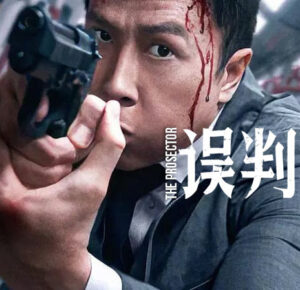


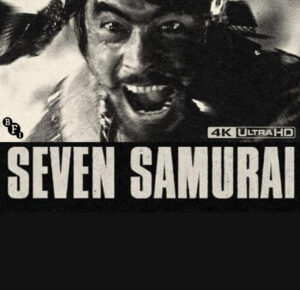
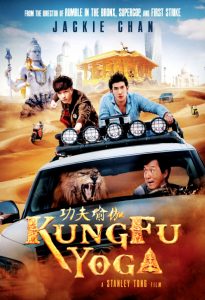
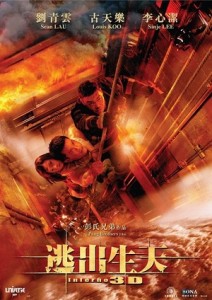

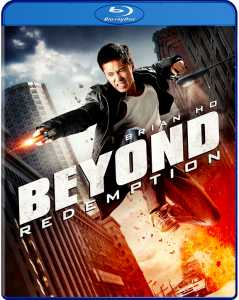
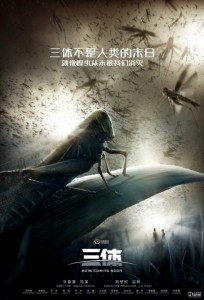
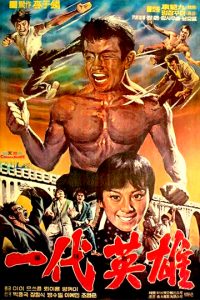
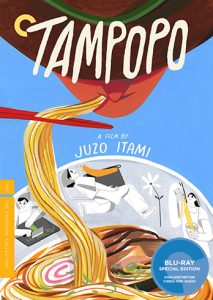

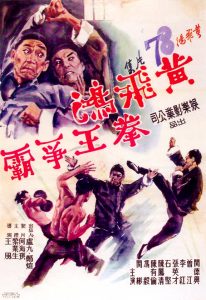
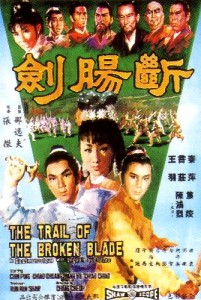




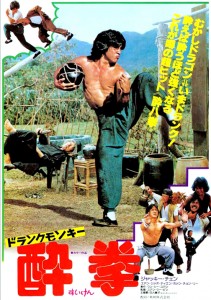
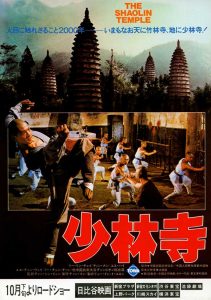
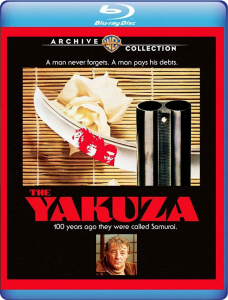

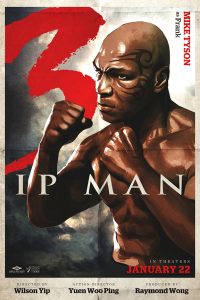
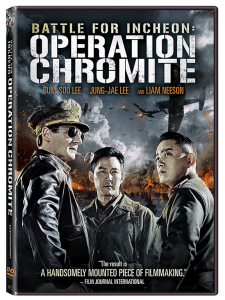




23 Comments